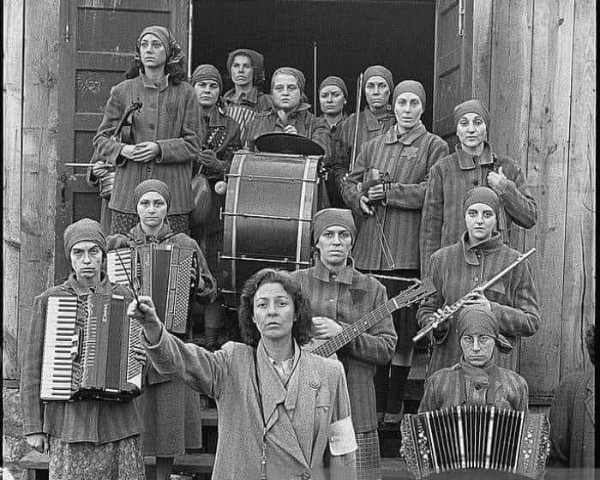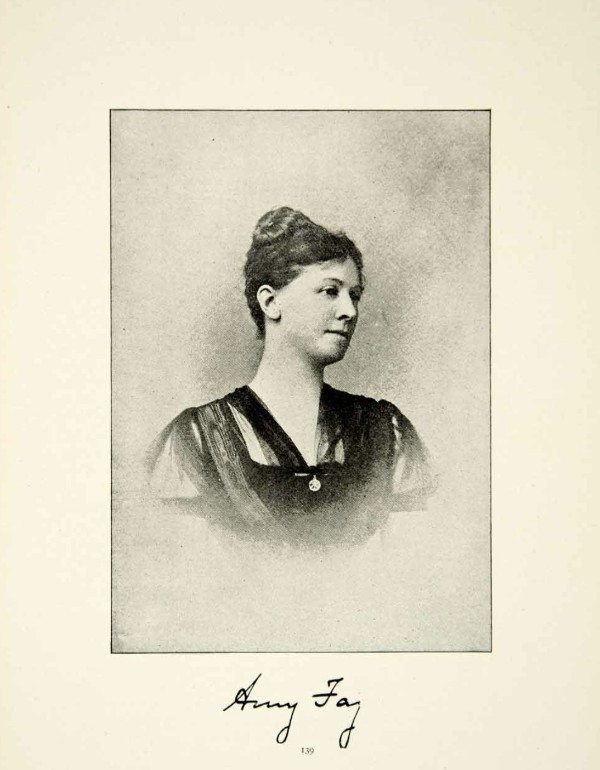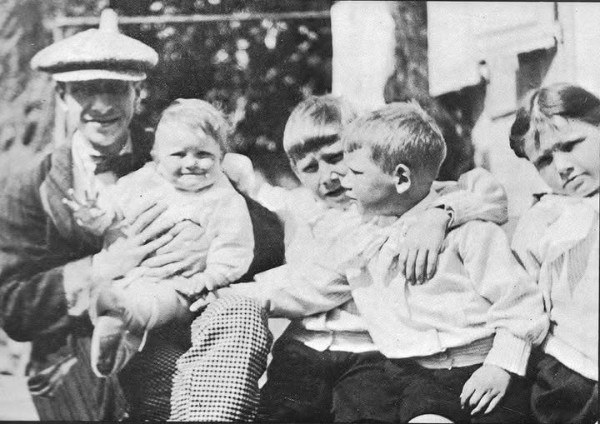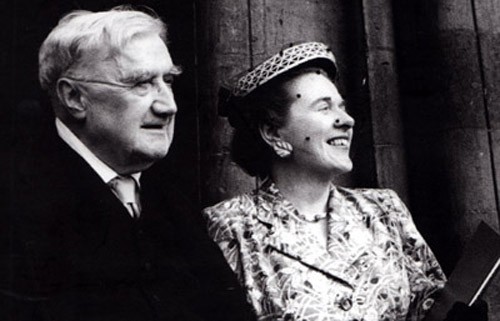Vladimir Horowitz was one of the most famous pianists of his generation.
He preferred performing to teaching, and only took on a handful of students over the course of his career.
The count of how many varies, because Horowitz was more of a mentor or coach than a formal teacher.
But one thing’s for sure: whether or not these men were formally considered students, each one formed a unique relationship with the great pianist.
Nico Kaufmann (1937)

Nico Kaufmann and Vladimir Horowitz
The most noteworthy thing about Nico Kaufmann is how obscure he remains, despite his importance to Horowitz.
The charming, handsome Nico Kaufmann was born on 24 June 1916 in Zurich. His bourgeois family was financially comfortable, and he attended the Zurich Conservatory.
For a long time, his relationship with Horowitz wasn’t widely known. However, before his death, Kaufmann discreetly donated a collection of fifty of their letters to the Zentralbibliothek Zurich.
Turns out, these were no ordinary letters: they were love letters. Teacher and pupil were in a romantic relationship.
That relationship was deeply complicated. In 1937, Horowitz had recently married Wanda Toscanini, daughter of the famous conductor, and was struggling with his repressed homosexuality. He was also thirteen years older than Kaufmann. On top of all that, he was dealing with the consequences of the Nazis coming to power in Europe.
In this emotional pressure cooker of a situation, the pedagogical relationship between the two men turned erotic.
German author Lea Singer began researching the Horowitz/Kaufmann relationship and eventually wrote a novel about it. The English translation is titled The Piano Student.
Ultimately, the two men split up. The only recordings we have of Kaufmann are live recordings from when he accompanied singers on Swiss radio. He dabbled in composition and began writing cabaret music in Switzerland and the United States.
The high point of Kaufmann’s career came in 1945, when he won the prestigious Concours de Geneve. (The following year, piano giant Friedrich Gulda would win that same prize.)
Kaufmann never enjoyed a big flashy career, but he did eventually come out and live openly as a queer man: something that Vladimir Horowitz never felt able to do.
Lea Singer and Elisabeth Lauffer Discuss THE PIANO STUDENT
Byron Janis (1944–1948)

Byron Janis, 1962
Byron Janis was born Byron Yanks in Pennsylvania in 1928. In kindergarten, he proved he had perfect pitch while using a toy xylophone.
When he was eight years old, he, his mother, and his sister all moved to New York City to study with power couple piano teachers Josef and Rosina Lhévinne. Students of the Lhévinnes included Garrick Ohlsson, Van Cliburn, and even legendary film composer John Williams.
In 1944, Horowitz attended a Pittsburgh concert by Janis at which he played Rachmaninoff’s second concerto. Horowitz was impressed and took Janis on as a student.
Given that the relationship with Kaufmann had been secret, Janis has often been called Horowitz’s first student.
The teenage Janis took on a role as Horowitz’s surrogate son, and travelled with him and his wife Wanda.
Horowitz advised Janis to practice performing before making a major debut. He agreed and held off on his Carnegie Hall debut until 1948, when he was twenty.
He ended up having an extraordinary career. Over the course of it, he composed for musical theater, rediscovered lost manuscripts of Chopin works (Op. 18 and Op. 70, No. 1), performed at the White House for multiple presidents, and, after his diagnosis with arthritis, became known as an advocate for people with arthritis and chronic pain. He also married actor Gary Cooper’s daughter!
In 2010, he published his autobiography, Chopin and Beyond: My Extraordinary Life in Music and the Paranormal. He died in New York in 2024 at the age of 95.
World-renowned pianist, Byron Janis, shares his love for music, his wife and helping others
Gary Graffman (1953–1955)
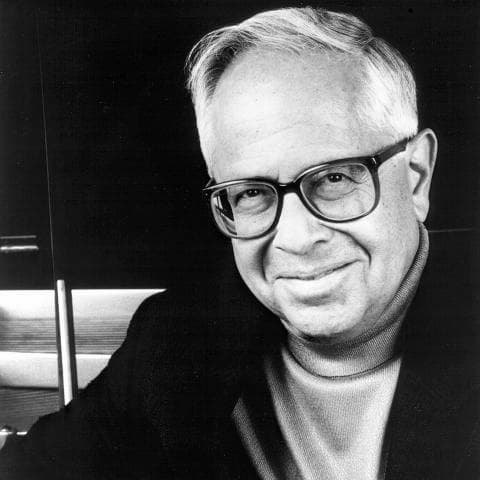
Gary Graffman
Gary Graffman was born in 1928 in New York City. He began attending the Curtis Institute at the age of seven, then, after graduation, studied at Columbia University.
In his mid-twenties, he studied with Horowitz informally. We wrote about their teacher/student relationship.
Graffman later said of Horowitz, “He taught me that each student plays with a unique, distinctive and recognisable expression, and that is what I try to pass on to my students as well.”
After he sprained a finger in the late 1970s, triggering focal dystonia, Graffman shifted focus from performing to writing, teaching, and administrating. He joined the faculty of the Curtis Institute and later became its president. His openness about his diagnosis has helped to destigmatise discussion of chronic pain and advanced the important cause of performing arts medicine.
His pedagogical influence looms large in modern pianism. His students include Yuja Wang and Lang Lang, two of the biggest stars on the concert circuit today.
Teaching Lang Lang & Yuja Wang
Coleman Blumfield (1956–1958)

Coleman Blumfield © ebay.com
Like Gary Graffman, Coleman Blumfield studied at the Curtis Institute before working with Horowitz.
According to a review of a 1977 Carnegie Hall appearance in the New York Times, Blumfield became “the first pianist to be engaged by an American city—Flint, Mich.—as full-time artist‐in‐residence.”
His artistry also took him abroad, where the State Department hosted him to give performances.
Blumfield passed his musical talent to his son Darrin, who ended up becoming both a lawyer and a pianist. In 2017, Darrin performed the notoriously demanding Rachmaninoff third piano concerto with the Orange County Symphony. In the promotion for that performance, he wrote, “My father was one of Horowitz’s favourite students.”
Ronald Turini (1957–1963)
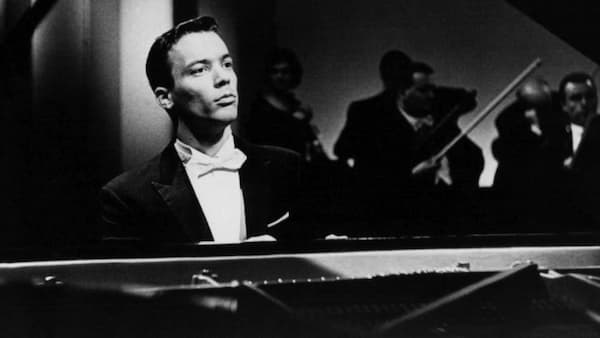
Ronald Turini
Ronald Turini was born in 1934 in Quebec, the son of an Italian-American father and a Danish-Canadian mother.
He began his piano studies as a toddler with his mother, then enrolled at the McGill Conservatory and Montreal Conservatory. He graduated at the age of sixteen.
After making a brief occupational detour to pursue becoming an automobile engineer, he returned to music and enrolled at the Mannes School of Music in New York.
While at Mannes, Horowitz took him under his wing. He believed that Turini had the most impressive two-handed runs of any pianist alive. He also pulled strings to arrange Turini’s management contract.
Turini won a series of second places at prestigious international competitions, and in 1961, he gave a well-received Carnegie Hall debut.
Over the course of decades, he enjoyed a long and celebrated international career. He never soared to the height of fame like his teacher or his contemporary Van Cliburn, but his career as a recording artist, soloist, chamber musician, and teacher has been deeply impressive nonetheless.
Ronald Turini Carnegie Hall debut recital
Alexander Fiorillo (1960–1962)

Alexander Fiorillo
Alexander Fiorillo made his debut with the Philadelphia Orchestra when he was twelve years old.
He earned his bachelor’s degree from the Philadelphia Musical Academy and his master’s degree from Catholic University of America.
He would spend nearly five decades as a piano professor at Temple University in Philadelphia.
In 1998, he gave a candid interview discussing what it had been like to study with Horowitz.
“When I went to him, I was 20. I was his only student at that time. I auditioned. It was arranged through the Steinway Piano Company…
“Horowitz was not a teacher, he was an artist…
“Horowitz was very self-centered. I learned a huge amount as a pianist and as a musician, but it required patience and an enormous amount of fortitude on my part. Sometimes I would come to New York from Philadelphia, and he wouldn’t feel like teaching that day, so I would go home without a lesson. His criticisms were sometimes very meaningful, and sometimes inconsistent. He would make a suggestion, and when I followed it the next week, he would ask where that idea came from. At that time, you wouldn’t argue with a teacher, so I just kept quiet.”
Alexander Fiorillo in Concert Princeton, NJ. January 7,1995. Part one..
Ivan Davis (1961–1962)
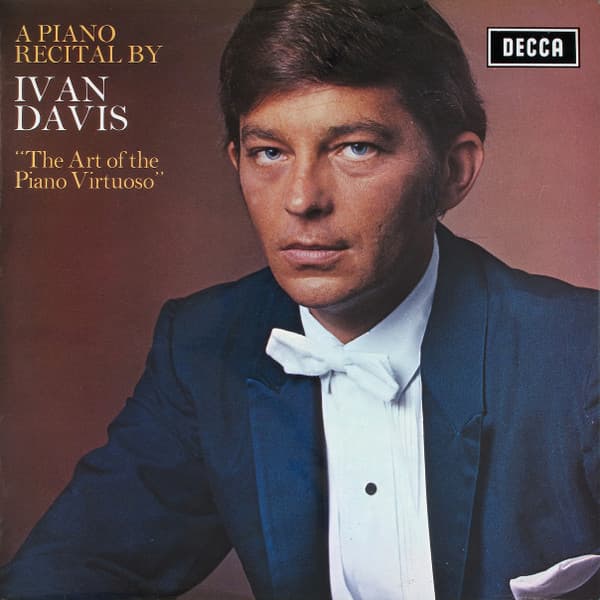
Ivan Davis
Ivan Davis was born in Electra, Texas, a small town on the border of Texas and Oklahoma, in 1932. He began studying piano at the relatively late age of twelve under his aunt.
He proved to be extremely talented and earned a bachelor’s degree from the University of North Texas College of Music. Later, he won a Fulbright Scholarship, which allowed him to spend time studying in Europe.
His big international breakthrough came in 1957 and 1958, when he won second prizes at the Ferruccio Busoni International Piano Competition, paving the way for his New York Town Hall debut in 1959.
In 1960, he signed a contract with CBS Records and embarked on a major sixty-city cross-country tour. He also won the Franz Liszt Competition in New York.
The Miami Herald recounted what happened next:
After Davis won the Liszt Competition in New York in 1960, famed Russian pianist and composer Vladimir Horowitz invited Davis to dinner and asked him to play the piano. Horowitz, retired at the time, bonded with the younger musician.
Soon after, Horowitz, nearing 60, asked Davis to take him to one of New York’s hot lounges. They wound up chatting on a bench outside O’Henry’s, but when a group of young music fans recognised Davis, and asked for his autograph, the older master was a bit dismayed.
Davis believed this outing nudged Horowitz to resume his career, which the master did in 1962 with a series of acclaimed releases on Columbia Records and a return to the Carnegie Hall stage in 1965. The performances revived Horowitz’s career.
In 1966, Davis was hired by the University of Miami to teach piano, which he did until his retirement in 2008. He died after a stroke in 2018, at the age of 86.
For more of the best in classical music, sign up for our E-Newsletter

